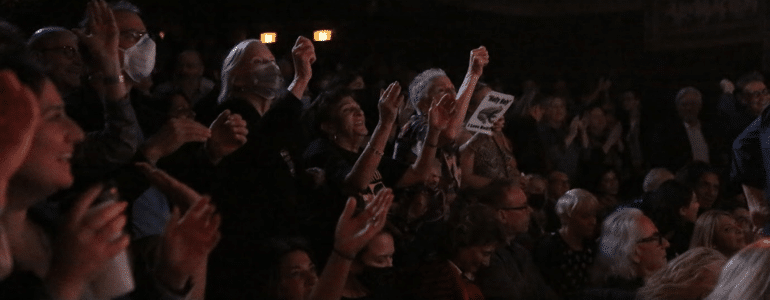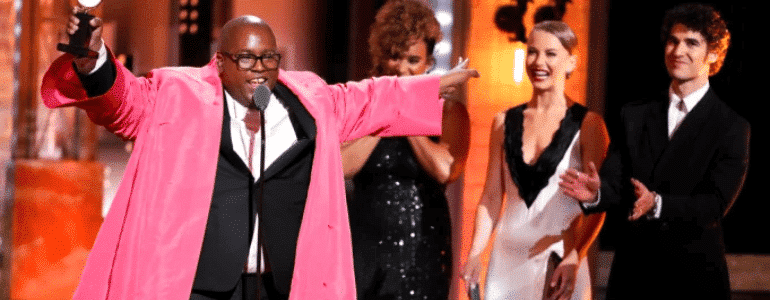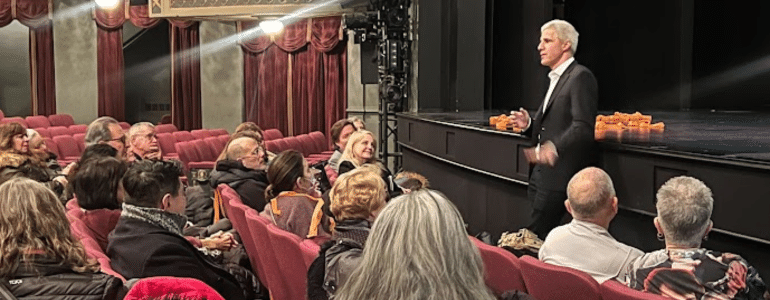How advertising and waging war have changed.
In the early days of modern warfare, we dropped big bombs. We didn’t care who or what was nearby. We weren’t confident that we’d actually hit our targets, so we just tried to hit everything and everyone close by. We’d show everyone how powerful we were just by the size of the cloud.
It worked. But it was also wasteful.
These days, we have something even scarier than big bombs. We have missiles so smart they could hit the computer I’m using right now and take out the intended target and only the intended target (I just moved 6 feet to the left).
We have technology to pinpoint exactly what our targets’ habits are; when they’re strong and when they’re vulnerable.
We can plan our attacks to be less wasteful while at the same time be more effective.
Advertising has changed in the same way.
Old advertising was about big bombs as well, like full page ads in the New York Times or giant television buys.
But if you’ve been a waging a war in the last few years, you’ve seen the effectiveness of those bombs drop, while the expense has gone up.
The future, no, the present of advertising is about more focused, targeted strikes that can have more of a concentrated effect, by using technology to find out what, where, when and why to shoot before pulling a trigger.
Podcasting
Ken created one of the first Broadway podcasts, recording over 250 episodes over 7 years. It features interviews with A-listers in the theater about how they “made it”, including 2 Pulitzer Prize Winners, 7 Academy Award Winners and 76 Tony Award winners. Notable guests include Pasek & Paul, Kenny Leon, Lynn Ahrens and more.















